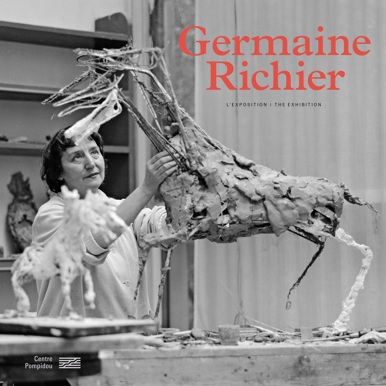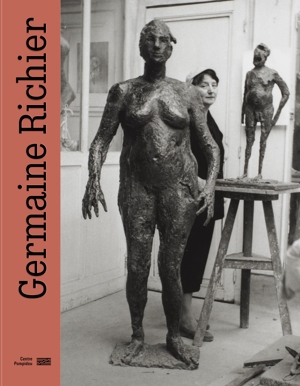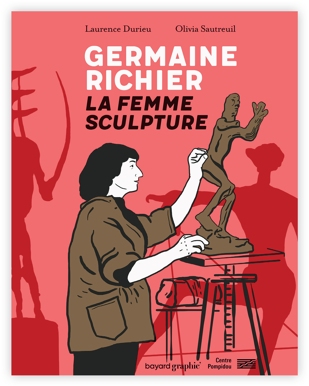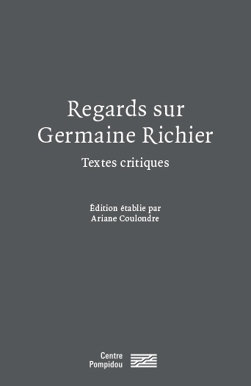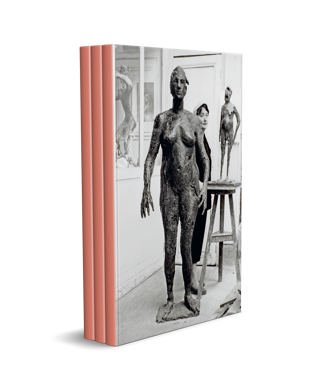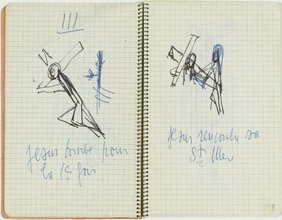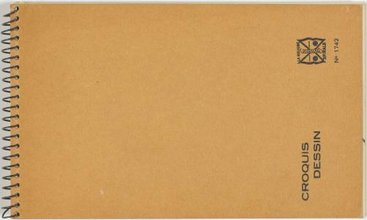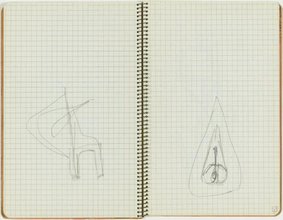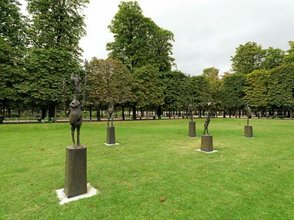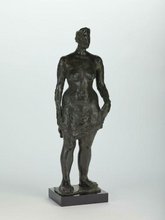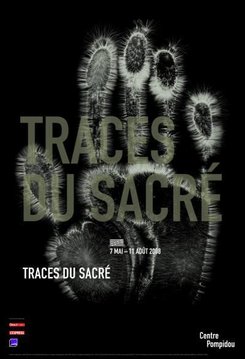Artist/personality
Germaine Richier
Sculpteur

Germaine Richier
Sculpteur
Nationalité française
Birth: 1902, Grans (Bouches-du-Rhône, France)
Death: 1959, Montpellier (Hérault, France)
© Adagp, Paris
Biography
Germaine Richier occupies an indisputable position in the history of 20th-century sculpture. Trained in the bronze statuary tradition of Auguste Rodin and Antoine Bourdelle, she contributed to essential achievements in modern sculpture. In just over 25 years, from the 1930s to her premature death in 1959, Richier created a profoundly original world, inventing new images of men and women and playing with hybridisations of the animal and vegetal worlds. Her work was quick to receive dazzling recognition: in 1956, she was the first female artist to be exhibited during her own lifetime at the Musée National d’Art Moderne. She was one of the rare women sculptors to experience international success in the post-war period.
Born into a family in the South of France, Germaine Richier spent her childhood in the countryside. She studied sculpture at the École des Beaux-Arts de Montpellier, where she mainly produced busts, then continued her education in Paris. In 1926, she joined sculptor Antoine Bourdelle’s studio, where she was his only private student.
From 1928 onwards, Richier exhibited regularly and her sculptures drew attention and were well-received. In 1933, she and her husband, Swiss sculptor Otto Bänninger, moved to a studio on Avenue de Châtillon, which she would keep for the rest of her life.
The Galerie Max Kaganovitch in Paris organised her first solo exhibition in 1936. She was awarded the Blumenthal sculpture prize in the same year, becoming the first female recipient. In 1939, Richier participated in several exhibitions in Brussels, Amsterdam, Namur and New York: this was the beginning of her international career.
The declaration of war took her by surprise while on holiday in Switzerland. She decided to stay in Zurich. Hybrid figures began to appear in her work with Le Crapaud (The Toad), followed by La Sauterelle, petite (The Grasshopper, Small) and L’Homme-forêt (The Forest Man), her first piece to include natural elements.
After the war, she returned to Paris. This was a period of great activity: she continued her research into hybridising human, animal and vegetal (La Mante, grande [The Praying Mantis, Large]; La Forêt [The Forest]), began to add stretched wires to her sculptures (L’Araignée I [The Spider I]) and experimented with using tow daubed with plaster (La Chauve-souris [The Bat]).
In 1947, she created L’Orage (The Storm Man), for which one of Auguste Rodin’s former male models posed. The sculpture was presented with its female counterpart, L’Ouragane (The Hurricane Woman), at the 1952 Venice Biennale.
In 1950, Richier received a commission for a statue of Christ for the Church of Notre-Dame-de-Toute-Grâce of the Plateau d’Assy. Six months after the church was consecrated, Le Christ d’Assy (The Assy Christ) was declared to be blasphemous by a group of traditionalist Catholics. It sparked a controversy that lasted several years, and the large crucifix was removed. It would only be returned to the high altar in 1969.
From 1951 onwards, the year in which she received the first prize for sculpture at the São Paulo Biennale, she introduced colour into her bronzes. The artist also created many engravings, regularly participated in exhibitions of prints and illustrated the poetry of Arthur Rimbaud with etchings. In Le Berger des Landes (The Shepherd of the Landes) and Le Griffu (The Devil with Claws), she continued her work on intersecting wires in space, which she had started with L’Araignée I, followed by Le Diabolo in 1950.
Invited to exhibit at the Musée National d’Art Moderne, Richier worked intensely, producing La Montagne (The Mountain), Le Cheval à six têtes, grand (The Horse with Six Heads, Large), La Sauterelle, grande (The Grasshopper, Large), L’Échelle (The Ladder) with a background painted by Zao Wou-Ki, Le Tombeau de l’Orage (The Tomb of Storm Man) and L’Ombre de L’Ouragane (The Shadow of Hurricane Woman), her only two stone sculptures. In 1958, she illustrated a collection of poetry by René de Solier (her second husband, married in 1954) and created her last big work, L’Échiquier, grand (Chessboard, Large Version), the coloured plaster from which is conserved at the Tate Modern (London). Her health deteriorated and the artist only just had the time to prepare her final exhibition in Antibes before passing away on 31 July 1959.
Medias
In the store
